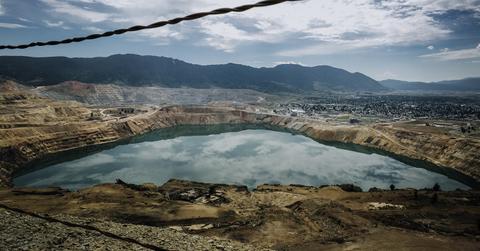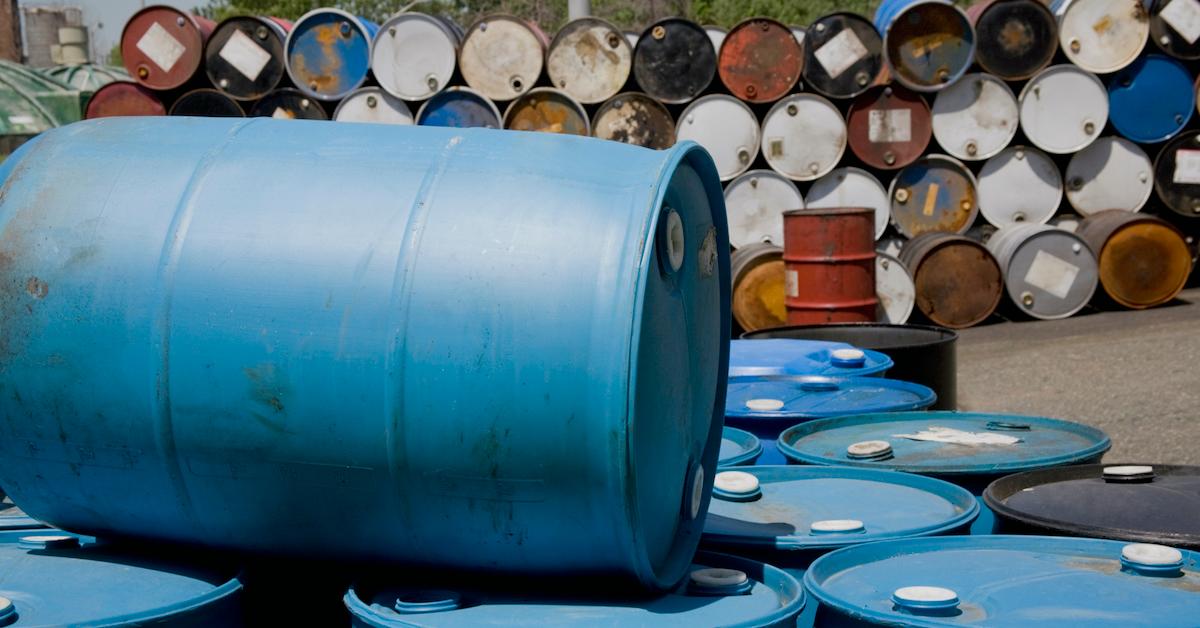New Study Shows Daunting Health Effects of Living Near a Superfund Site
Updated April 15 2021, 10:16 a.m. ET

It should come as no surprise that there are endless downsides to living near superfund sites — many landfills across the U.S. accept toxic waste and hazardous chemicals, which wreaks havoc on the surrounding ecosystems, as well as nearby communities. And although the government promises to clean up these designated dumping areas, many have effectively been left untouched, remaining environmentally disastrous for decades now.
"Continued exposure to the hazardous substances released from Superfund sites into the air, groundwater, and surface water can be incredibly detrimental to human health in communities within and surrounding the site," according to the Center for Health, Environment, and Justice (CHEJ). "Research has shown higher levels of cancer, birth defects, developmental disabilities, and other serious health issues in communities near Superfund sites."

What is a superfund site?
There are thousands of superfund sites across the U.S., which are effectively open dumping grounds for hazardous and toxic waste, according to the EPA. The Superfund Program was established by Congress in 1980 with the Comprehensive Environmental Response, Compensation and Liability Act (CERCLA), which forces all parties responsible to help perform cleanups or pay back the government for cleanup work. But unfortunately, they aren't that well-maintained, and are often left untouched for years.
Over 40 years after the fact, there are now 1,570 superfund sites across the U.S., and many are looking to the Biden Administration EPA to clean them up. However, funds for over 30 are nonexistent, and many have been hit by natural disasters, leaving them "unstable" and at risk of overflowing toxic chemicals into nearby communities and waterways. The Trump administration avoided of environmental causes like these, which unfortunately has put many U.S. residents in harm's way.

What are the health effects of living near superfund sites?
Living near an open toxic waste dump unsurprisingly comes with irreversible and long-lasting health effects. According to CHEJ, superfund sites impact children's health more than adults, as they proportionally take in larger amounts of water, food, and air than adults do, in relation to their body weight. Children that live near superfund sites are more prone to childhood cancer as well as birth defects, decreased cognitive functioning, and various behavioral problems.
Pregnant women that live near superfund sites are more susceptible to miscarriages, various illnesses, and birthing a child with congenital birth defects, while the elderly are at higher risk of developing health problems in relation to the toxic chemicals in the environment, as per CHEJ. Also, because living near a superfund site is viewed undesirable, it can also affect the local economy and therefore result in lower funding for nearby communities.
But a new study from University of Houston shows just how bad it is to live near superfund sites. Data, which looked at thousands of people in the Texas area, showed that living near a superfund site can lower life expectancy by at least .2 years, according to The Guardian. And those living in communities with multiple superfund sites, which often tend to be marginalized and BIPOC communities, can lose up to a few years of their lives by living within close proximity to a superfund site.

“It was a bit surprising and concerning,” said Hanadi Rifai, a professor from University of Houston, who co-lead the study, according to The Guardian. “We weren’t sure [when we started] if the fact that you are socioeconomically challenged would make [the Superfund’s effects] worse” and would lower life expectancy.
With this in mind, U.S. citizens are extremely hopeful that the Biden Administration will act soon in finding an answer to the many superfund sites nationwide — many innocent people in marginalized communities depend on it.